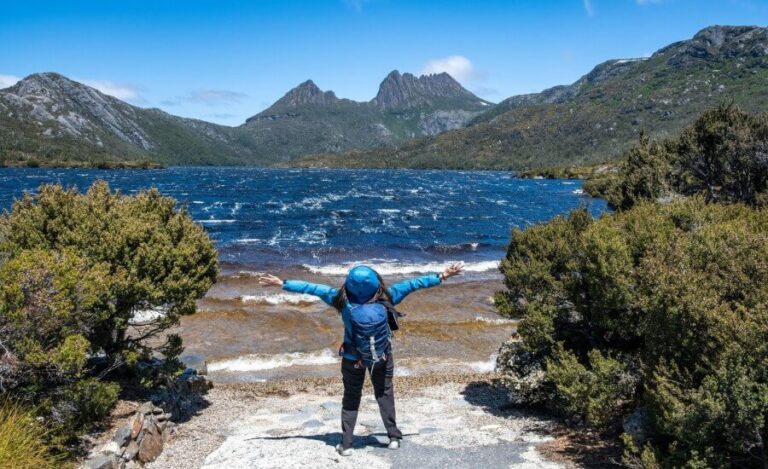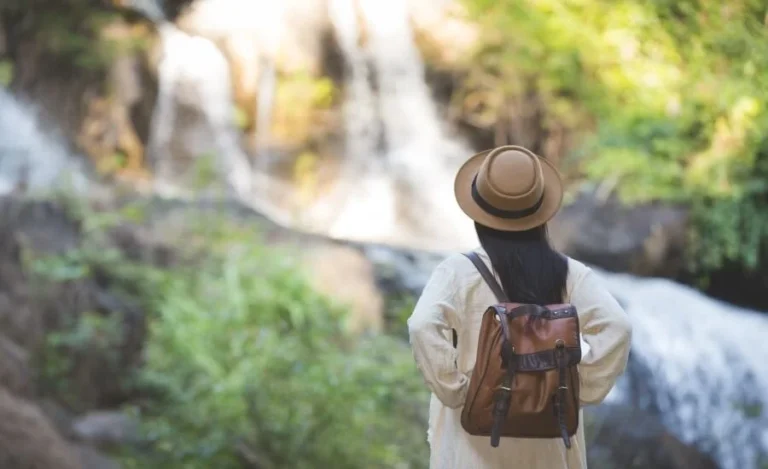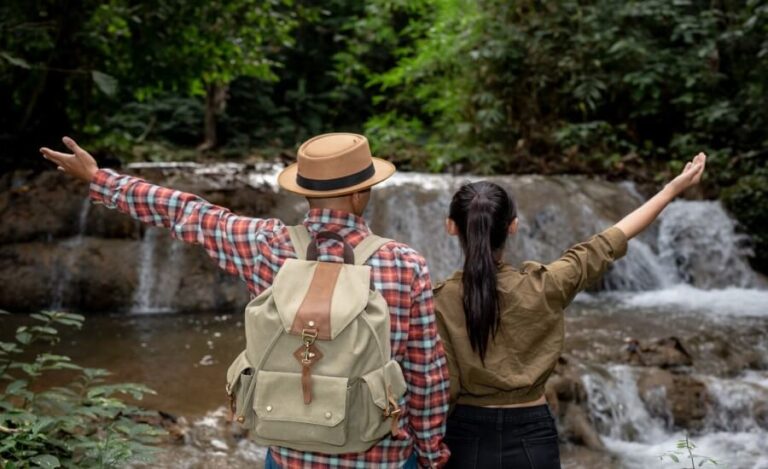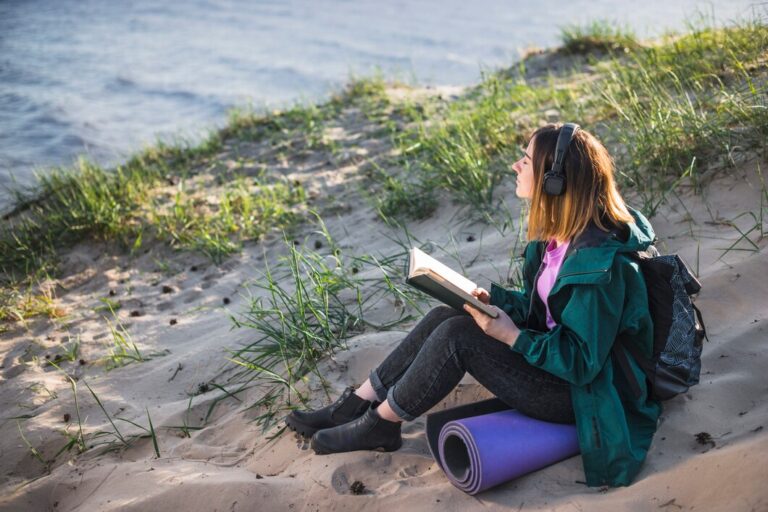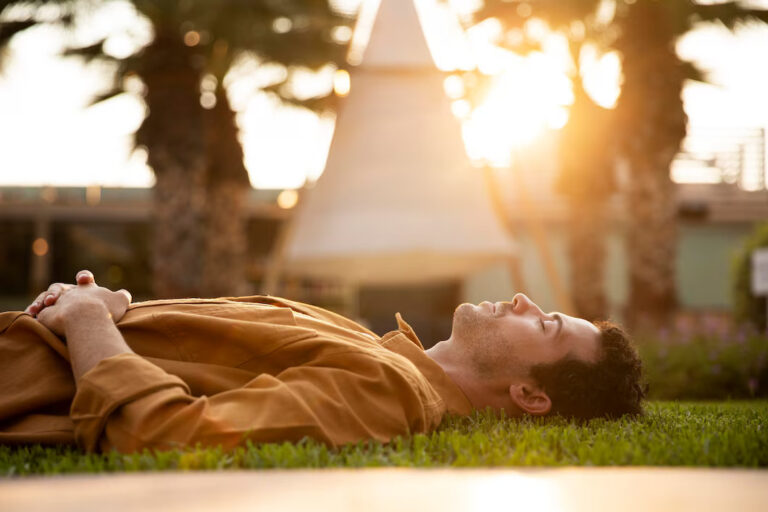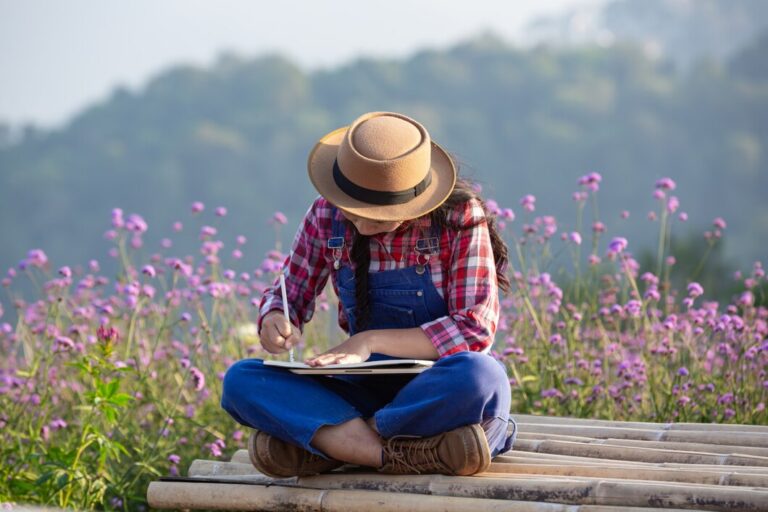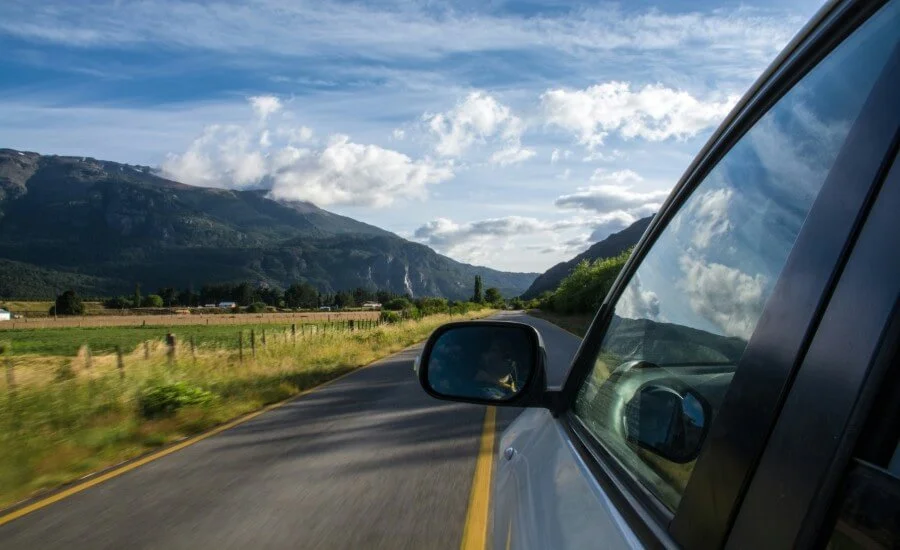
Picture yourself in a bustling new city square. Perhaps your first instinct is to raise your phone, snapping rapid-fire photos, capturing fleeting moments through a screen, worried about getting the perfect shot before moving on. Later, scrolling through hundreds of similar images, do you truly remember the feeling of being there? The scent of street food mingling with exhaust fumes? The specific melody the musician was playing? The texture of the ancient cobblestones underfoot? Now, imagine instead finding a quiet corner, perhaps at an outdoor café, opening a simple notebook.
You take a deep breath, observe the scene unfold, and begin to sketch the intricate facade of a nearby building or jot down notes about the sounds, the smells, the emotions bubbling up within you. Which experience embeds itself more deeply in your memory?
This is the essence of Mindful Journaling on the Road. It’s a practice that elevates travel documentation from a passive, often digital, logging of events into an active, engaged process that can profoundly Transform your travel memories and enrich the journey itself.
It’s about slowing down, paying attention, and connecting with your experiences on a deeper level. This post explores the powerful benefits of this mindful practice, offers practical techniques to get started, provides prompts to spark your reflections, and shows how anyone – writer, artist, or neither – can use mindful journaling to unlock a richer, more memorable way to travel.
Beyond the Snapshot: Why Journal Mindfully While Traveling?

In our visually saturated world, photos and videos are the default way many of us capture travel memories. While wonderful for visual recall, they often miss the crucial context – the internal landscape and the full sensory tapestry of a moment. Mindful journaling bridges this gap.
It encourages us to slow down and truly notice our surroundings, moving beyond the purely visual to engage all our senses. What did that spice market smell like? How did the cool breeze feel on your skin after a long hike? What emotions arose while watching that street performance? Capturing these details requires presence and attention, pulling us out of the frantic pace of ‘seeing everything’ and into the richness of ‘experiencing fully’.
Beyond enhancing the travel experience itself, mindful journaling offers significant mental health benefits.
Studies show that expressive writing – journaling about thoughts and feelings, especially during stressful or challenging times (which travel can sometimes involve) – can significantly reduce stress, anxiety, and depressive symptoms. Research indicates journaling can lower stress hormone levels, improve mood, and even lead to fewer stress-related doctor visits.
It provides a safe space for emotional processing, helping us understand our reactions, work through challenges encountered on the road, and gain clarity.
It’s not just about creating a record; it’s about fostering well-being and self-awareness while navigating new environments. Could pausing to write actually make your travels less stressful and more meaningful?
The Art of Noticing: Mindfulness Techniques for Your Travel Journal

Mindful journaling isn’t about writing perfectly crafted prose or creating gallery-worthy art. It’s about the process of paying attention.
The key difference between simple logging (recording events) and mindful journaling lies in the awareness and non-judgmental observation brought to the act. Here are some techniques to infuse mindfulness into your travel entries:
- Sensory Check-ins: Dedicate specific entries, or parts of entries, to exploring one sense at a time. “Right now, I see…” (describe colours, light, movement). “I hear…” (list distant and near sounds). “I smell…” (capture dominant and subtle aromas). “I feel…” (note textures, temperature, the ground beneath you). “I taste…” (describe a meal or drink with detail).
- Feeling Scans: Briefly pause and notice your current emotional state without labeling it ‘good’ or ‘bad’. “Right now, I feel [emotion – e.g., excited, tired, curious, apprehensive]. I notice this feeling in my [body part – e.g., chest, shoulders].” This builds emotional awareness.
- Presence Anchors: Choose one small detail in your immediate surroundings – a flower petal, a patterned tile, a cloud formation – and describe it with intense focus for a few minutes. This grounds you firmly in the present moment.
- Gratitude Moments: Regularly list 3-5 things you are grateful for in that specific travel moment. It could be the view, a kind gesture from a stranger, a delicious snack, or simply the ability to be there. This shifts focus towards positivity.
- Mindful Sketching: You don’t need to be an artist! The goal is observation. Try quick contour drawings (drawing the outline without looking at the paper much), sketch the texture of an object, or capture the basic shapes of a scene. Focus on the act of looking and translating that to paper, not the result.
Remember, the core principle is non-judgmental awareness. Write or draw freely, without censoring or aiming for perfection.
Crafting Deeper Recall: How Mindful Journaling Transforms Memories

Why does writing or sketching by hand seem to etch experiences into our memory more effectively than just snapping a photo? The science of memory suggests that the act of encoding information – processing it and preparing it for storage – is strengthened by active engagement.
When you mindfully observe and then translate those observations into words or sketches, you are actively processing the experience on multiple levels – sensory, cognitive, emotional, and kinesthetic (the physical act of writing/drawing). Research supports this, indicating that writing things down can improve recall by up to 20-23%.
Mindful journaling creates richer memory cues. Years later, reading a description of the specific scent of incense in a temple or the feeling of warm sand between your toes will likely evoke a much more vivid and multi-sensory recollection than a photo alone. Capturing emotions alongside events adds another layer of depth. You remember not just what happened, but how it felt to be there. Furthermore, the journal becomes a tool for reflection and meaning-making.
Rereading entries allows you to see patterns, trace personal growth throughout a trip, and understand the deeper impact of your experiences long after you’ve returned home. It transforms memory from a passive collection of images into an actively constructed, deeply personal narrative.
Key Benefits for Memory & Experience:
- Enhanced Encoding: Actively processing experiences through writing/drawing strengthens memory formation.
- Multi-Sensory Recall: Captures sounds, smells, textures, tastes, and feelings often missed by photos.
- Emotional Context: Preserves the emotional landscape of your journey.
- Deeper Understanding: Facilitates reflection and meaning-making during and after travel.
- Increased Presence: The act of journaling itself encourages you to be more observant and engaged in the moment.
- Improved Focus & Clarity: Studies show journaling can enhance focus and cognitive clarity, potentially making you a more aware traveler.
Your Portable Sanctuary: Creating Space for Mindful Journaling on the Road

Incorporating Mindful Journaling on the Road doesn’t need to be elaborate or time-consuming. The key is to make it accessible and integrate it naturally into the rhythm of your travels. Forget the pressure to write lengthy, profound essays every day.
Find small pockets of time: five minutes while sipping your morning coffee, ten minutes waiting for a bus or train, fifteen minutes winding down before sleep. Even brief moments of focused observation and writing can be incredibly beneficial.
Carry a simple, portable kit – a small notebook or sketchbook that you enjoy using, and a favorite pen or pencil. Keep it easily accessible in your daypack. Let go of perfectionism. Your journal is for you. It doesn’t need perfect grammar, spelling, or artistic masterpieces. Write fragments, lists, bullet points, draw stick figures – whatever captures the essence of the moment for you.
The goal is the practice of mindful observation and recording, not the polished output. Think of your journal as a portable sanctuary, a space you can retreat to briefly amidst the bustle of travel to connect with yourself and your surroundings. Where could you carve out just 10 minutes today to pause and jot down a few sensory notes?
Prompts for Presence: Sparking Your Mindful Travel Log

Sometimes, the blank page can feel intimidating. Having a few go-to prompts can help kickstart your mindful journaling practice, especially when you feel unsure what to write. Focus on prompts that encourage present-moment awareness and sensory detail:
Sensory & Observation Prompts:
- Right now, I see… [Describe colours, light, shapes, movement]
- Right now, I hear… [List sounds near and far, loud and quiet]
- Right now, I smell… [Identify specific scents in the air]
- Right now, I feel… [Note physical sensations – temperature, textures, posture]
- Describe the taste of [a local food or drink] in detail.
- Sketch the texture of [something nearby – a wall, a leaf, fabric].
- Focus on one object for 2 minutes. Describe it as if explaining it to someone who has never seen it.
- What is the quality of the light right now?
Emotional & Reflection Prompts:
- How does this place make me feel right now? Where do I notice that feeling in my body?
- What thought is most persistent in my mind at this moment? (Observe it without judgment)
- A moment of unexpected beauty/kindness/humor today was…
- What challenged me today, and how did I respond internally/externally?
- Three things I am grateful for in this exact moment are…
- What question does this place/experience raise for me?
- If my intuition could speak right now, what would it say?
- What is one thing I learned about myself or the world today?
Use these as starting points, but feel free to let your writing or sketching wander wherever your awareness takes you.
Overcoming Journaling Hurdles

Even with the best intentions, obstacles can arise. Here’s how to navigate common journaling roadblocks on the road:
- Hurdle: “I don’t have time!”
- Solution: Reframe your expectations. Even 5 minutes of focused writing or sketching counts. Use “waiting time” (queues, transport) productively. Quality over quantity.
- Hurdle: “I don’t know what to write/draw!”
- Solution: Use prompts (see above!). Focus purely on sensory details – “What do I see/hear/smell right now?” Draw simple shapes or textures instead of full scenes. Don’t overthink it.
- Hurdle: “I’m not a writer/artist.”
- Solution: This is the biggest myth! Your travel journal is for your memories and process, not for publication or exhibition. Let go of judgment. Write simply. Draw badly! The act of observing and recording is what matters.
- Hurdle: “I feel self-conscious journaling in public.”
- Solution: Find quieter moments or locations (your room, a park bench, a less crowded cafe corner). Use a smaller, discreet notebook. Remember, most people are preoccupied with their own lives and unlikely to be watching you. Focus on your internal experience.
- Hurdle: “Perfectionism Paralysis.”
- Solution: Embrace imperfection! Allow for messy handwriting, crossed-out words, incomplete sketches. Give yourself permission to be raw and unfiltered. It’s a journal, not a final draft. Try freewriting – just keeping the pen moving without stopping to edit.
- Hurdle: “Privacy Concerns.”
- Solution: Keep your journal physically secure. Avoid leaving it unattended. If writing highly sensitive thoughts, consider using abbreviations, codes, or simply focusing more on external observations rather than deep internal reflections when traveling.
Your Mindful Journaling Starter Kit Checklist
You don’t need fancy supplies to start mindful journaling on the road. Simplicity often works best:
- The Journal: Choose a notebook or sketchbook that feels good to you. Consider size (portable?), paper quality (thick enough for ink/light washes if desired?), binding (lies flat?). Lined, dotted, or blank pages – personal preference.
- Writing/Drawing Tools: A comfortable pen or pencil you enjoy using is key. Maybe a spare. Optional: a few colored pencils, a small travel watercolor set with a water brush, fine-liner pens for sketching.
- A Pouch: A small zippered bag to keep your journal and tools together and protected in your daypack.
- Starter Prompts (Optional): Keep a small list (on your phone or tucked in your journal) for moments when you feel stuck.
- An Open Mindset: Essential! Approach the practice with curiosity, non-judgment, and a willingness to simply observe and record your experience.
Conclusion: Your Journey, Your Story, Mindfully Told

Mindful Journaling on the Road is a simple yet profound practice that can fundamentally change how you experience and remember your travels.
By shifting from passive consumption to active, mindful observation, you engage more deeply with your surroundings, process your experiences more fully, and create a record far richer and more evocative than a camera roll alone can provide. It turns travel from a race between sights into a meditative journey of discovery – both external and internal.
This isn’t about adding another task to your itinerary; it’s about integrating moments of presence and reflection that enhance well-being and create lasting, meaningful memories.
Let go of perfectionism, embrace the process, and allow your journal to become a trusted companion, a space to capture the unique sensory details, fleeting emotions, and quiet insights that make each journey uniquely yours. On your next trip, pack a notebook, find a quiet moment, take a breath, and simply begin to notice. You might be surprised by the depth of the memories you create.
